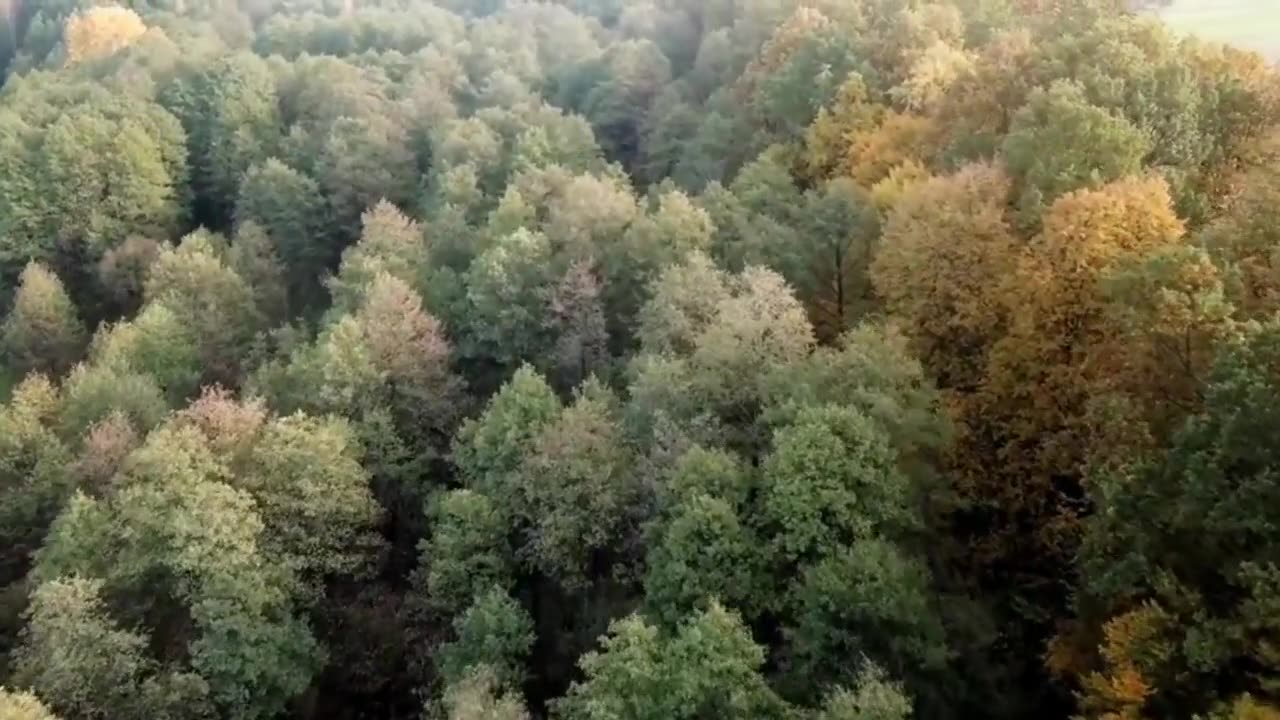Premium Only Content

Amazon and its Life #08
The Amazon jungle, also known as the Amazon rainforest or Amazonia, is a vast and mesmerizing ecosystem located in South America. It is the largest tropical rainforest on Earth, covering approximately 5.5 million square kilometers (2.1 million square miles) across nine countries, including Brazil, Peru, Colombia, and Venezuela. Here's a description of this remarkable and biodiverse region:
Lush Vegetation: The Amazon jungle is renowned for its dense and lush vegetation. Towering trees, such as the majestic Brazil nut and towering kapok, form a towering canopy that shades the forest floor. Underneath, an intricate understory of ferns, epiphytes, and lianas creates a green tapestry. Vibrant orchids, bromeliads, and other colorful flowers add bursts of color to the forest landscape.
Canopy and Wildlife: The forest canopy, formed by the interconnected tree branches and foliage, is a bustling habitat for a diverse range of wildlife. Monkeys swing effortlessly through the treetops, while sloths leisurely move along the branches. Colorful macaws, toucans, and parrots fly overhead, their vibrant plumage contrasting against the green backdrop. Jaguars, anacondas, and capybaras are among the many fascinating animals that call the Amazon jungle home.
Rivers and Waterways: The Amazon jungle is crisscrossed by a vast network of rivers, including the iconic Amazon River itself. These waterways provide a lifeline for both wildlife and local communities. The rivers teem with life, with pink river dolphins, piranhas, and caimans navigating through the murky waters. The flooded forests during the rainy season create an enchanting environment, often referred to as "flooded forests" or "igapós," where trees emerge from the water.
Indigenous Cultures: The Amazon jungle is rich in cultural heritage, with numerous indigenous communities residing within its boundaries. These communities have a deep connection with the forest and rely on its resources for sustenance and spiritual practices. Their traditional knowledge and sustainable practices contribute to the preservation of the forest's biodiversity and offer valuable insights into living in harmony with nature.
Biodiversity: The Amazon jungle is an unrivaled biodiversity hotspot, hosting an estimated 10% of the world's known species. It is home to countless plant and animal species, many of which are found nowhere else on the planet. The forest supports a staggering array of life, including over 2,500 species of trees, thousands of bird species, and an incredible diversity of insects, reptiles, and amphibians.
Threats and Conservation: Despite its ecological importance, the Amazon jungle faces significant threats. Deforestation, primarily driven by agriculture, mining, and illegal logging, poses a severe risk to the forest's integrity. Climate change and habitat fragmentation also contribute to the challenges faced by this fragile ecosystem. However, conservation efforts and the establishment of protected areas aim to safeguard the Amazon jungle and promote sustainable practices that balance human needs with environmental protection.
The Amazon jungle represents a breathtaking natural wonder that captivates with its astounding biodiversity, stunning landscapes, and cultural richness. It serves as a reminder of the intricate interplay between humans and nature and the urgent need to preserve this unique and vital ecosystem for future generations.
-
 9:39
9:39
GBGunsRumble
20 hours agoGBGuns Armory Ep 128 Kimber R7 Mako Carbon Compact
26K8 -
 1:00:51
1:00:51
The Tom Renz Show
18 hours ago"DEI Is Racist - Who knew & Redfield Now Worries About COVID Jabs"
26.3K4 -
 5:01
5:01
BIG NEM
10 hours agoInside the Albanian Mob... As a Serb.
11.1K2 -
 1:40:14
1:40:14
TheConnieBryanShow
4 days agoGAIN OF FUNCTION: MRNA, D.A.R.P.A. & THE PFIZER PAPERS
10.3K4 -
 2:14:01
2:14:01
Fresh and Fit
7 hours agoDr. Disrespect Moves To Rumble!
60.4K31 -
 6:14:53
6:14:53
Akademiks
10 hours agoDrake Sued his Label for Botting Kendrick Lamar Streams to 'End Him'. Kendrick Drops new video!
64.4K12 -
 0:46
0:46
Dr Disrespect
15 hours agoIt's not just a stream... it's an experience
333K1.75K -
 5:45:38
5:45:38
80sKiid
10 hours ago $29.32 earnedFirst stream on RUMBLE!!!!!
99.5K5 -
 3:56:31
3:56:31
JakeParker
10 hours ago $14.36 earnedJakeParker is LIVE on Rumble
57.3K -
 8:09:23
8:09:23
SpartakusLIVE
12 hours ago $26.76 earnedThe Duke rallies squad for LAUGHS into the night with a SMATTERING of TOXIC banter
90.6K17